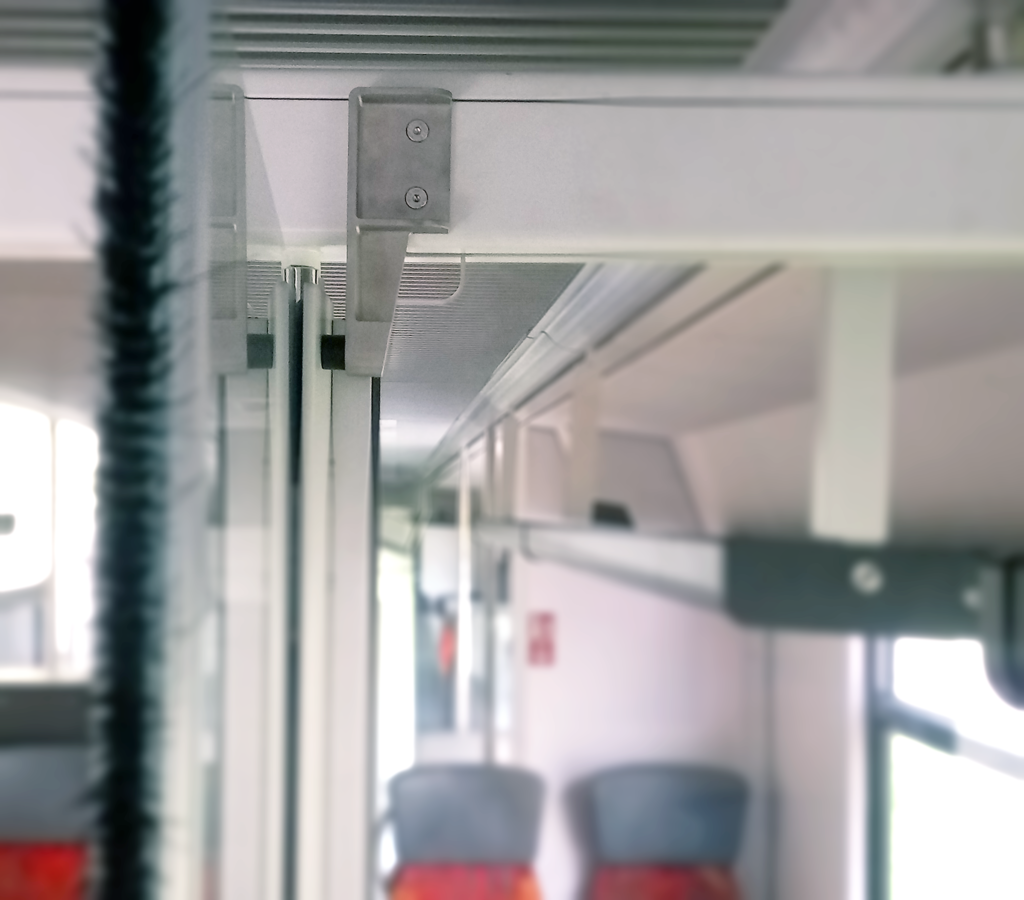Digital inventory and spare parts startup Replique is spinning out of the incubator of chemical giant BASF. The company hopes to become a leader in offering on-demand spare parts on an as-needed basis independently. To enable this it has taken on an investment by STS Ventures with BASF´s Chemovator fund, joining the round along with Chameleon GmbH and R3 consulting & investment GmbH.
Replique to Grow On-Demand Spares with New Funding

Four Miele accessories are produced so far using Replique’s platform: A coffee clip in two sizes, a borehole cleaner, and a valuable separator (Source: Miele).
“We see a lot of startups with promising ideas, but Replique stood out to us as a game-changer in the manufacturing industry. Their innovative industrial 3D printing platform has the potential to disrupt the industry and we are excited to support their growth and expansion in the future. Besides the right solution, Replique also brings the right mindset and an excellent team to the table,” said Oliver Kaul, a partner at STS Ventures.
“We’re thrilled to have successfully spun off from Chemovator and to have secured ourselves the support of such prominent investors, who have a strong experience in scaling start-ups and bring the strategic expertise to internationalize our business in an efficient way. We look forward to working closely together to achieve our goal of becoming the world’s greatest digital inventory for on-demand parts,” Replique co-founder Dr. Henrike Wonneberger stated.
Replique is a bridge between large firms, such as Miele and Alstom, who require spare parts management and 80 fulfillment partners. The idea is to integrate with clients so that orders fulfillment, with online or physical spare parts, can work with very little effort on the part of the client. Replique will use the new funding to improve the platform and increase headcount, while continuing to work with BASF 3D Printing Solutions to supply it with materials.
The Digital Inventory Opportunity for 3D Printing
Spare parts potentially represent a multi-billion-dollar business for 3D printing. Currently, companies have to support their products for at least two years in the EU for consumer products. In many cases, industrial products have to be supported for years or decades more. Miele promises that it designs and manufacturers its goods to last 20 years. For such a quality-focused firm it is especially expensive to support customers.
Often what original equipment manufacturers do is perform production runs for all the expected spare parts for a particular time period or for the life of the product. The firm may be wrong in their assumptions. Either way, the molds will often be kept for many years. At some point, there will be numerous molds destroyed and a lot of spare parts that then cannot be made. All the while, companies tie up a good deal of capital in spare parts laying about on a shelf somewhere.
Digital inventory seeks to ameliorate this through on-demand production of spare parts. Only when the part is needed is it made, in-house or by a third party, as close to the customer as possible. This ties up less capital, could be more environmentally friendly, and means that you can always get the components that you need. Now, the theory is all fine and dandy, but are companies ready for this?
I believe that many firms will be enthusiastic about experimenting with digital inventory if only to brighten up the corporate social responsibility news section of their websites. However, at the moment, we can only print a small portion of a business’s components. And doing so will be a hassle.
Ultimately, if companies make the investment, then this could both be very profitable and very warm and fuzzy, in terms of marketing. For Replique, motivating these firms to move from press release to business practice will be the element that makes or breaks its business. I spent years trying to develop mass-customized 3D printed consumer products. Companies would always take the meeting. There would be exciting blue sky discussions, followed by more meetings. Then crickets. Institutional change, change management, and implementing new practices is difficult. It is in this arena, and through change management, that Replique´s future will be decided.
Subscribe to Our Email Newsletter
Stay up-to-date on all the latest news from the 3D printing industry and receive information and offers from third party vendors.
You May Also Like
3D Printing News Briefs, April 27, 2024: Research, Digital Dentistry, Cycling, & More
We’re starting today’s 3D Printing News Briefs with some research into 3D printed luminescent quantum-dot polymer architectures and free-form laser beam shaping, and then on to an open source 4-axis...
HP & INDO-MIM Collaborate to Boost Metal 3D Printing in India
HP Inc. and INDO-MIM, a US- and India-based supplier of metal injection molding (MIM) powders and contract manufacturer, have announced that the two companies will collaborate to accelerate additive manufacturing...
3D Printing News Briefs, February 17, 2024: Shot Blasting, Service Bureaus, & More
In today’s 3D Printing News Briefs, we’re starting out with post-processing, as SKZ Würzburg is using a shot blast system from AM Solutions for its research. Moving on to business,...
3D Printing News Unpeeled: Not That Kind of Organ 3D Printing
GKN Aerospace will create a 150 jobs in Trollhattan Sweden with an investment of $60 million part of which comes from the Swedish Energy Agency’s Industriklivet initiative. The investment will...































